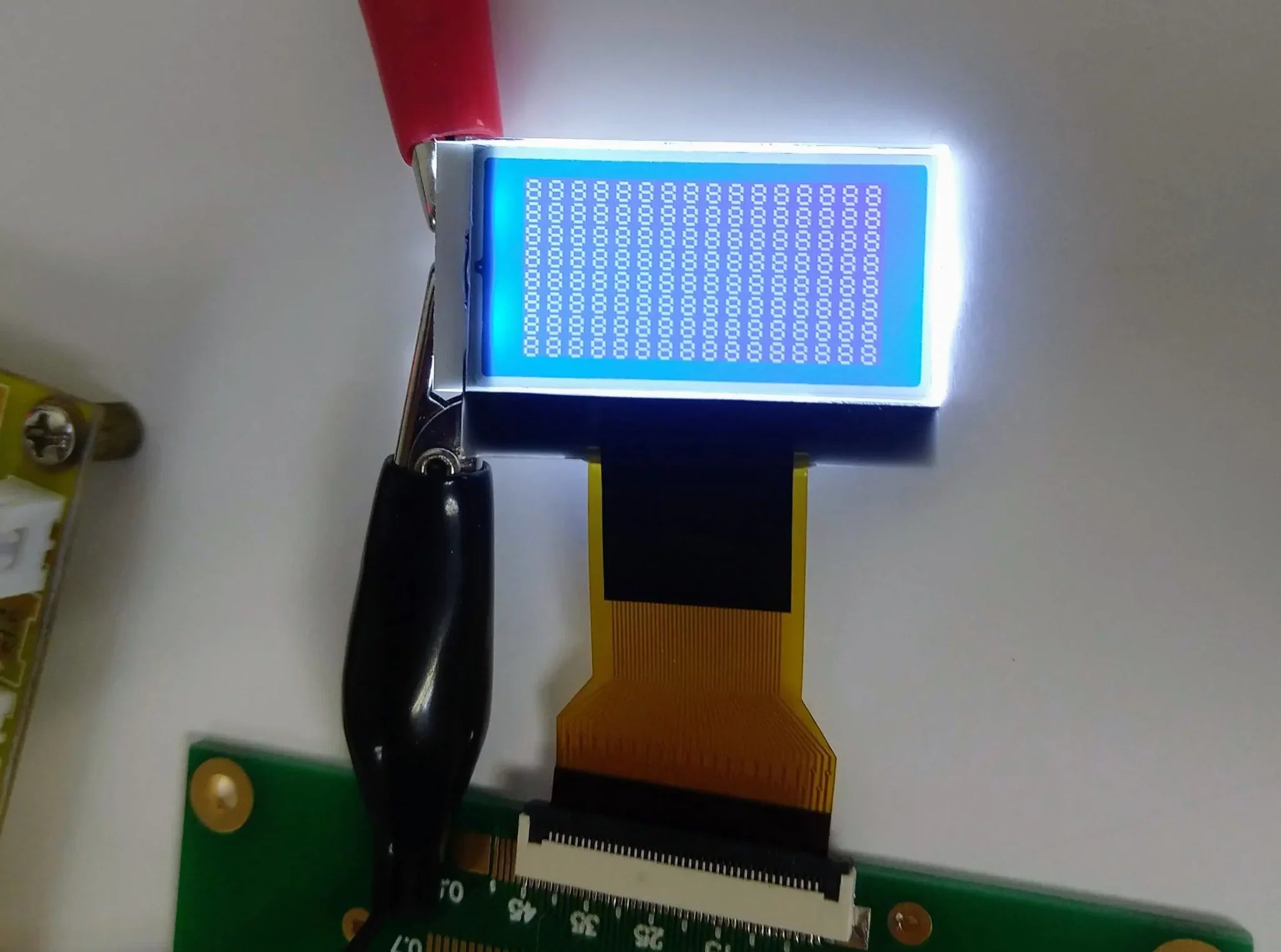
While both OLED (Organic Light-Emitting Diode) displays rely on self-emissive organic pixels to produce light, AMOLED (Active-Matrix OLED) adds a thin-film transistor (TFT) backplane to independent...

OLED TVs typically last around 70,000 to 100,000 hours under normal usage, which translates to about 8 to 12 years if watched for 8 hours daily. However, their brightness may gradually fade over ti...
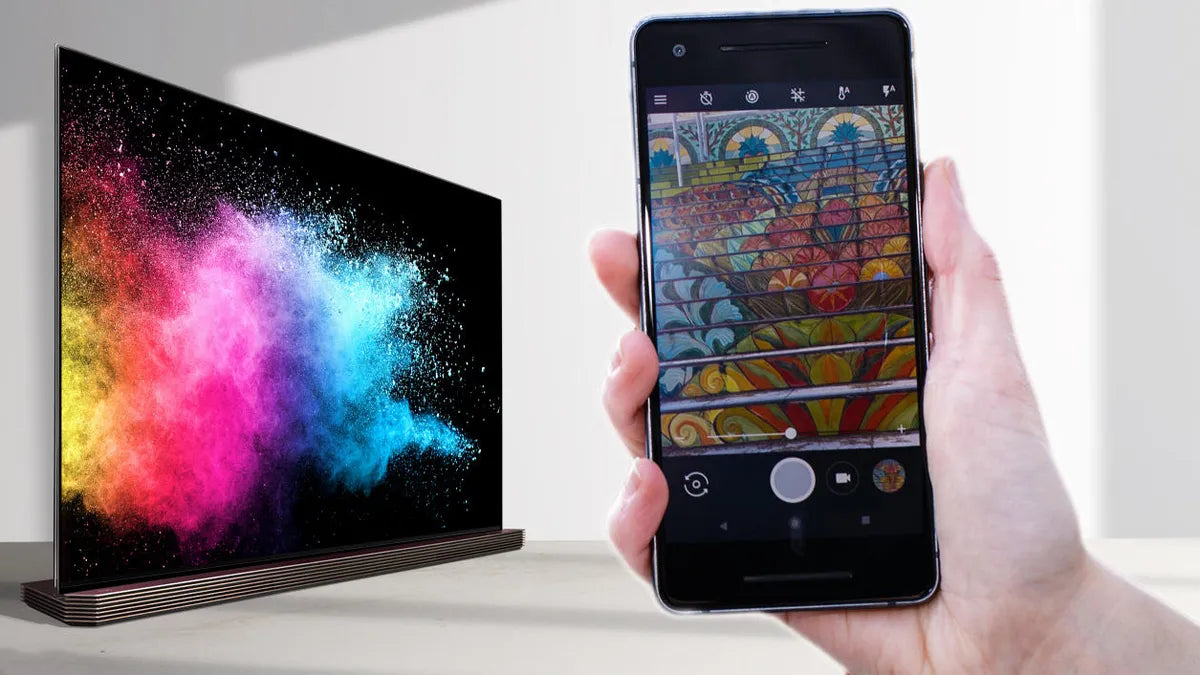
PMOLED (Passive Matrix OLED) suits small screens (≤2 inches), like smartwatches, using simple row-column scanning but power jumps with size; AMOLED (Active Matrix OLED) integrates pixel-specific TF...
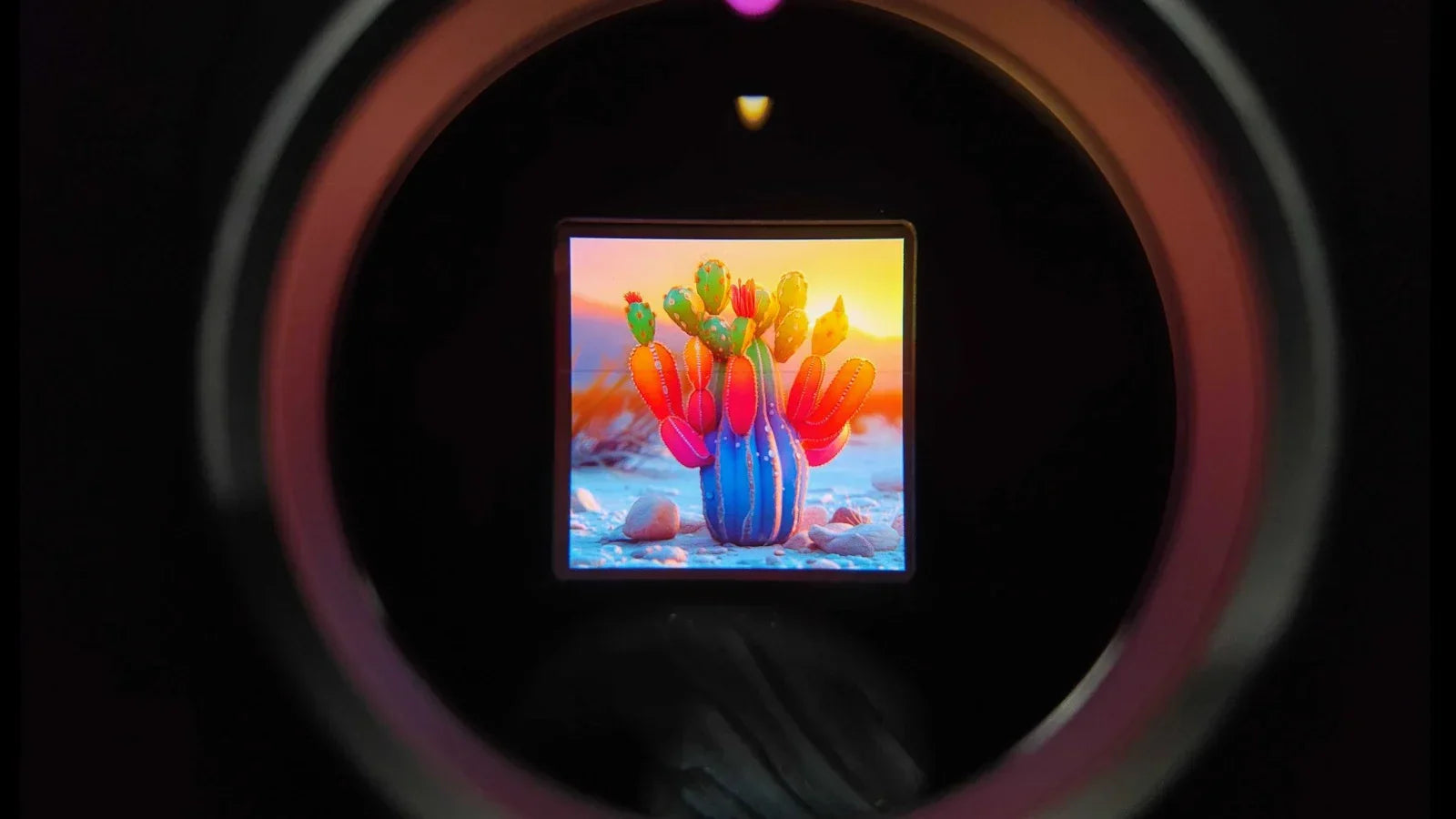
When selecting an OLED display for VR, prioritize a ≥120Hz refresh rate to minimize motion sickness, sub-1ms response time to eliminate ghosting, and single-eye 2560x2560 resolution (total ~4K) for...
A COG (Chip on Glass) LCD display integrates driver ICs directly onto the glass substrate of the panel, minimizing external wiring; common in compact devices like watches or calculators, it typical...
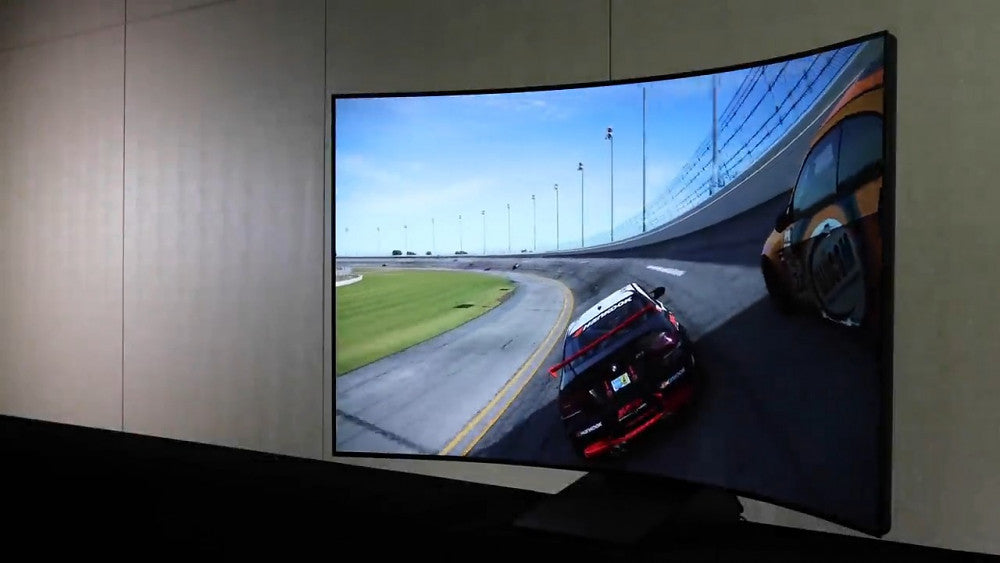
A shaped OLED screen is an OLED display that deviates from traditional rectangular forms, featuring curved, tapered, or custom geometries (e.g., with a bending radius as small as 3mm) to fit unique...

Choosing Micro OLED for VR headsets offers 4K-per-eye resolution (sharper than standard LCDs’ ~2K), a 1,000,000:1 contrast ratio (vibrant blacks/whites), and sub-microsecond response times (minimiz...
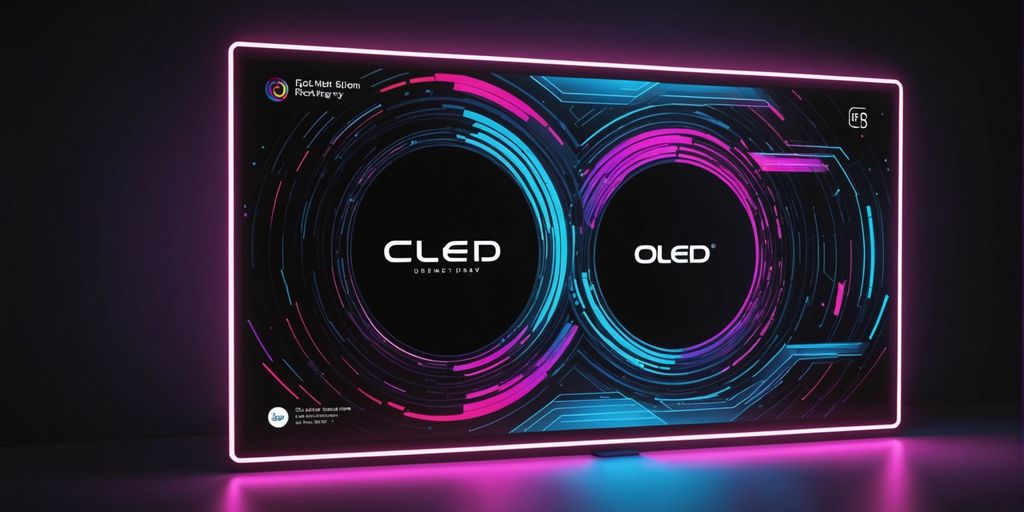
Compared to LCDs that use constant backlighting (typically 60-120 mW for a 6-inch display), OLEDs power each pixel individually, drawing near-zero energy for black pixels; in dark-themed use, OLEDs...

Micro OLED excels with 4K+ resolution in compact sizes (e.g., 0.4 inches), delivering 5000 PPI for razor-sharp visuals—far clearer than traditional displays—while its 10ms response time reduces blu...


